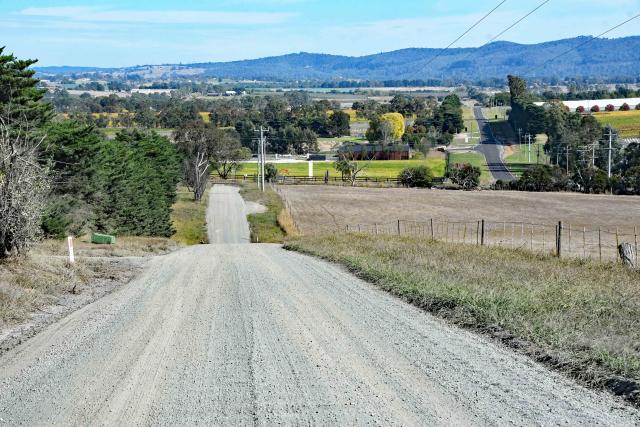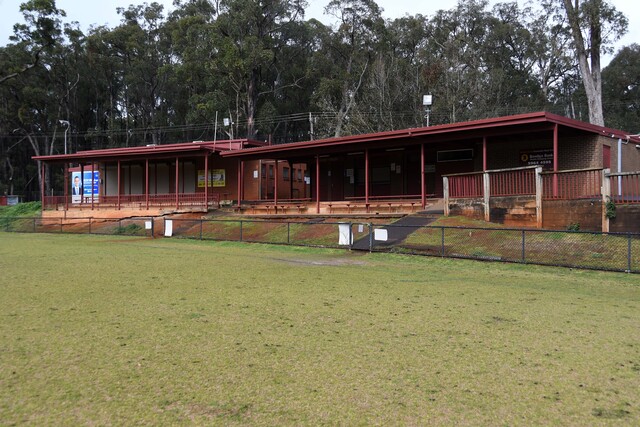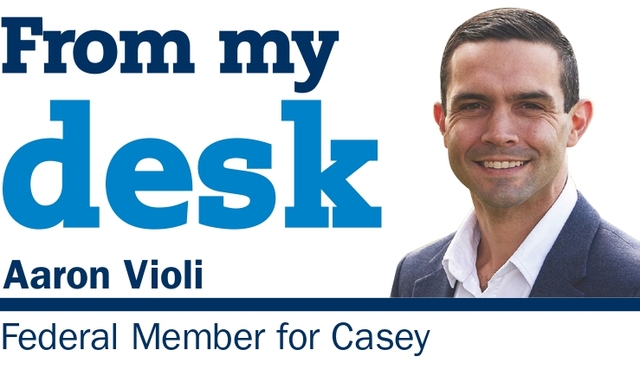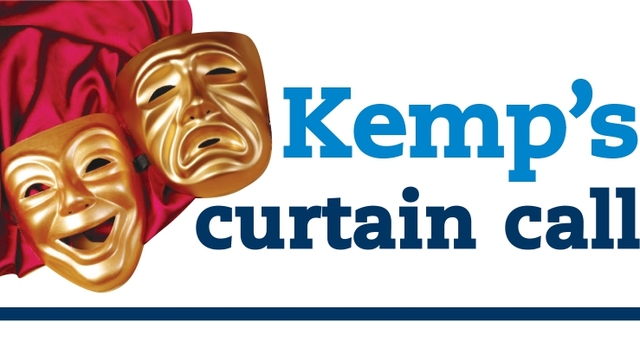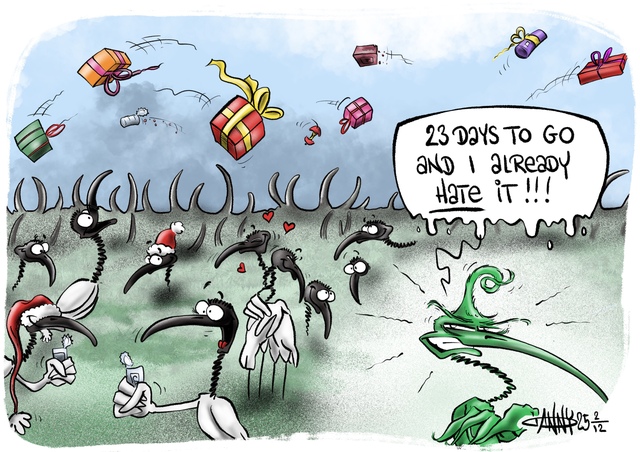Yarra Ranges Council has an asset portfolio with a replacement value worth more than $2 billion, and $1 billion of that is located in the urban part of the shire.
A 10-year asset plan, outlining the cost and investment required to maintain and upgrade these assets, was considered for adoption on Tuesday 14 October and unanimously passed.
Assets in the Yarra Ranges include 1050km of sealed roads, 700km of unsealed roads, 50,000 drainage-related assets, 599 council-owned land sites, 53 halls, community hubs and buildings, and 35 community centres.
The largest replacement cost lies with buildings, aquatics and minor structures, totalling $840 million.
Roads, curbs, carparks and bridges are the second-highest cost at $550 million, followed by council-owned land at $454.7 million and drainage at $217.7 million.
The Urban area tops the total replacement cost value with $1,079.9 billion. The highest cost lies with $323.3 million for buildings, aquatics and minor structures, the second highest being $307.8 for council-owned land, followed by $231.5 million for roads, curbs, carparks and bridges.
Drainage in the Urban region also exceeded $100 million, with 528km of pipes and over 20,000 pits.
The Valley currently has a total asset replacement cost of $238.7 million but was the least costly area, with $100 million of that for buildings, aquatics and minor structures, $67 million for roads, curbs, carparks and bridges and $21.8 million for drainage.
In the Upper Yarra, the total asset replacement cost equals $420.5 million, divided into $181.6 million for buildings, aquatics and minor structures and $143.5 million for roads, curbs, carparks and bridges. The Upper Yarra still has 263km of unsealed roads.
The Hills region had a total replacement cost of $479.7 million, $234.3 million of that for buildings, aquatics and minor structures, $107.5 million for roads, curbs, carparks and bridges, $69.8 million for council-owned land and $40 million for drainage.
Some of the challenges identified in the plan include population growth over the next 10 to 20 years, with a further 13,000 residents expected to live in the Yarra Ranges. There was also an account for residents who are of retirement age or older.
Tourism visitation is also expected to double to nine million over the next 10 years.
The plan highlighted the challenges of extreme weather conditions and the “construction of climate resilient assets including rising costs, replacement of ageing assets and navigating the unique topography of Yarra Ranges”.
Yarra Ranges Council has four investment types, renewal, maintenance, operations and upgrade, expansion and new.
The report shows that renewal, maintenance and operations investment is primarily supported by rates and borrowings, while “upgrade, expansion and new investment is often leveraged from grants and proceeds from asset disposals”.
In the 2025/26 year, the council will spend $26 million on renewal, $32 million on upgrade, expansion and new, and $59 million on maintenance and operations.
Forecasted renewal investment is expected to rise to $32 million by 2034/35. Upgrade, expansion and new investment will decline over nine years, returning to $32 million by year 10.
Maintenance and operations investment is also forecasted to increase to $64 million by 2034/35.
In total, over the next 10 years, the council estimates that it will spend a total of $520 million in capital expenditure and $621 million in operational expenditure.
“Council manages over $2 billion in community assets, from roads and buildings to playgrounds and open spaces. This asset plan ensures those assets are managed responsibly and maintained to serve our community now and into the future,” councillor Gareth Ward said at the meeting.
Seconding the motion to adopt the plan, Cr Jeff Marriott acknowledged “it’s a phenomenal effort for the amount of infrastructure we have now, the assets that we manage”.

